Meriwether Lewis writes to President Thomas Jefferson on April 7, 1805, from Fort Mandan, a Native American village on the banks of the Missouri River in present-day North Dakota.


“Dear Sir.
Herewith inclosed you will receive an invoice of certain articles, which I have forwarded to you from this place: 67 specimens of earths, salts and minerals; and 60 specimens of plants.


These are accompanyed by their rispective labels expressing the days on which obtained, places where found,

and also their virtues and properties when known.


You will also receive herewith inclosed a part of Capt. Clark’s private journal… to give you the daily detales of our progress, and transactions.


I have transmitted to the Secretary at War, every information relative to the geography of the country which we possess, together with a view of the Indian nations.
Our baggage is all embarked on board six small canoes and two perogues; we shall set out [early tomorrow morning].

We calculate on traveling at the rate of 20 or 25 miles pr. day as far as the falls of the Missouri.

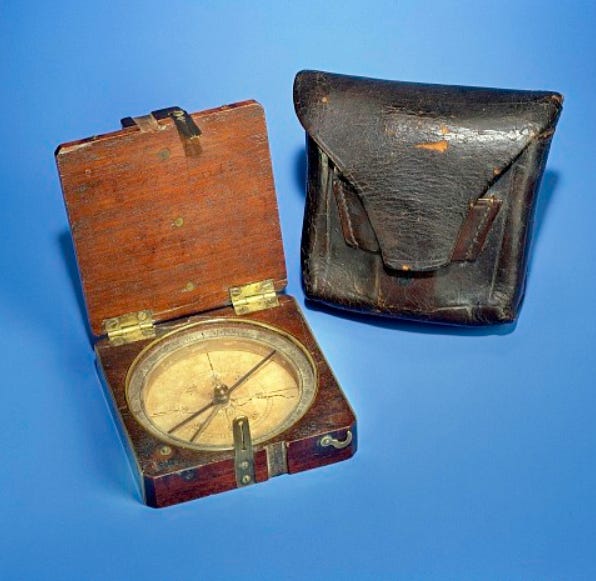
Beyond this point, any calculation with rispect to our daily progress, can be little more than bare conjecture.
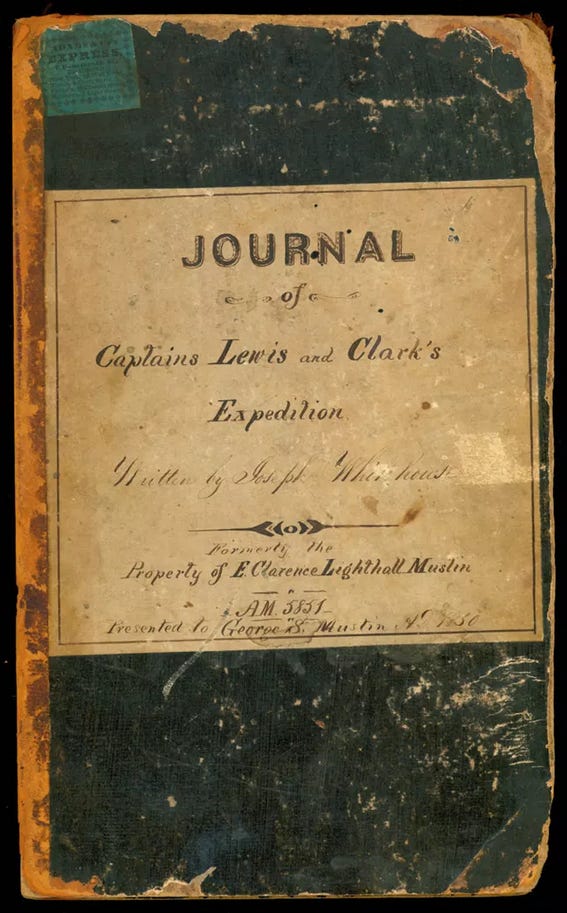

Should this river not prove navigable where we first meet with it, our present intention is, to continue our march by land down the river untill it becomes so, or to the Pacific Ocean.


We do not calculate on completeing our voyage within the present year, but expect to reach the Pacific Ocean, and return, as far as the head of the Missouri, or perhaps to this place before winter.
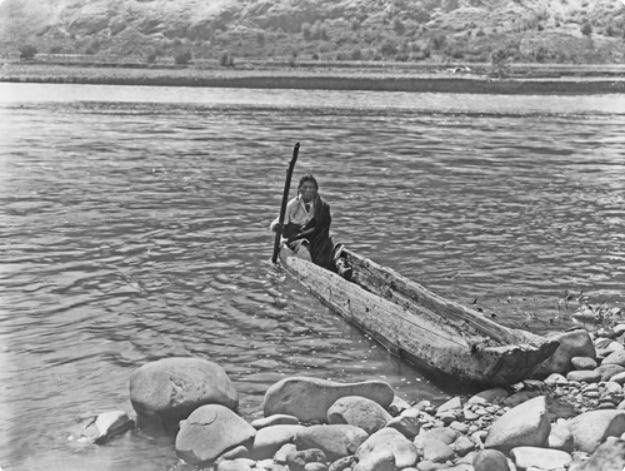
At this moment, every individual of the party are in good health, and excellent sperits; zealously attatched to the enterprise, and anxious to proceed.
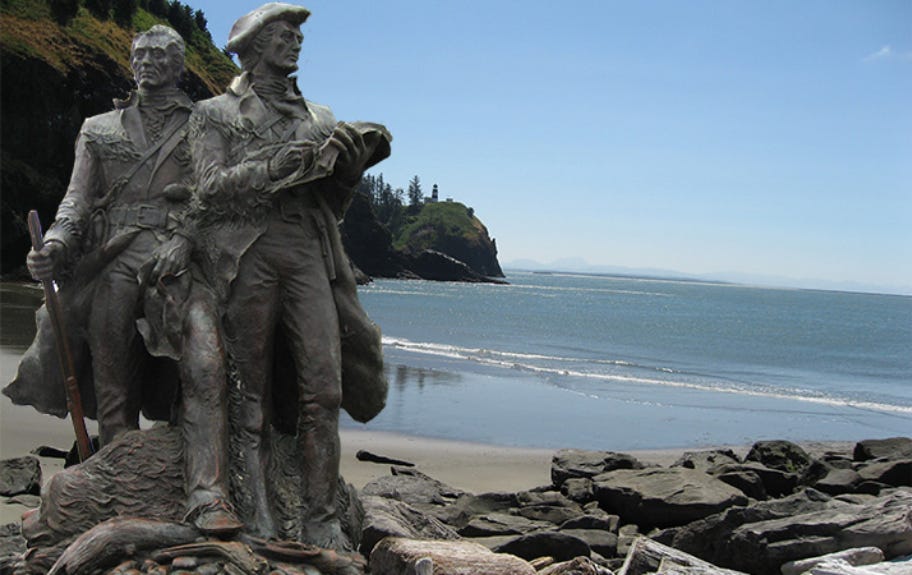
With such men I have every thing to hope, and but little to fear.”











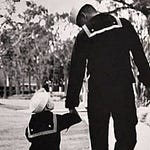
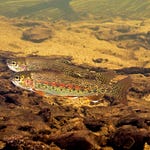



Share this post